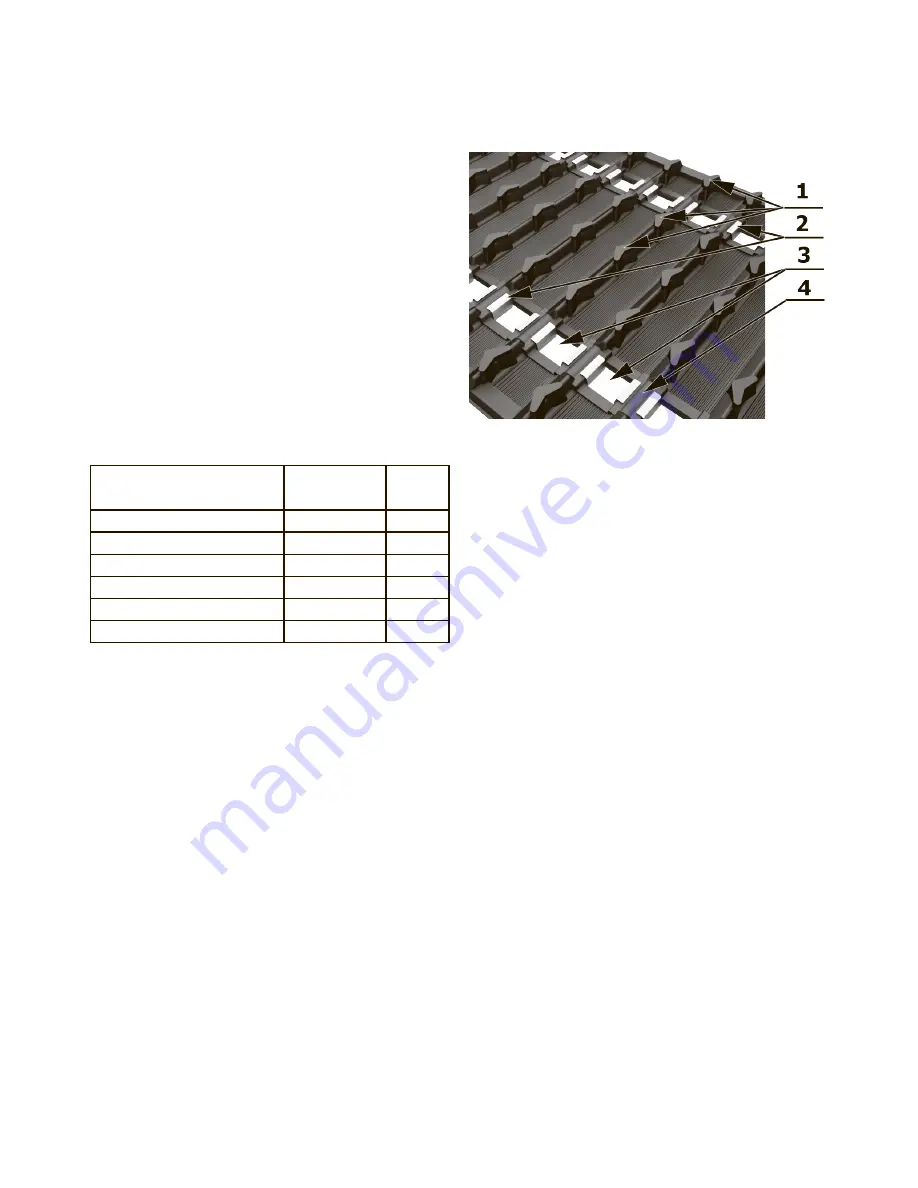
5
!
WARNING
DO NOT AIM HIGH PRESSURE WATER JET
DIRECTLY AT WHEEL BEARINGS, SUSPENSION
PARTS, MUFFLERS, AIR FILTER AND ELECTRICAL
COMPONENTS. WATER CAN FLUSH OUT THE
GREASE FROM THE BEARINGS AND DAMAGE
GASKETS.
13�
Compose the diagrams of similar components. For
example, the housing bolts are often of different
length, and the separated components can get mixed
up making it difficult to reassemble them.
14�
Make sure that all gaskets and washers are in place in
the desired position.
15�
Usually there are washers in places where the rotating
parts are in contact with the fixed ones.
16�
Use a new gasket if your old one is damaged.
17�
When removing the self-locking fastening elements,
they should be replaced with new ones. Do not
install conventional fasteners instead of self-locking
elements�
18�
Use grease for fixing small parts, if they fall apart
during assembly. Do not apply grease to brake parts,
working surfaces of the cvt and electrical components.
5.1 Threaded Joint Tightening Torque Chart
Size of wrench, mm
Size of
wrench, mm
N·m
10
6
5
12, 13, 14
8
15
14, 15, 17
10
30
17, 19
12
55
19
14
85
22
16
130
5.2 Bearings are discarded if they have:
Bearings are discarded if they have:
1�
Cracks or traces of metal spalling on the rings or
rolling elements.
2�
Shelling.
3� Deep corrosion cavities�
4�
Deep risks.
5�
Chippings.
6�
Through cracks in the separator.
7�
Loose rivets in the separator.
8�
Chippings and dents on the separator preventing the
smooth rotation of the bearing.
9�
Uneven wear of ground threads.
10�
The stepped wear of the working surface of the rings
visual and noticeable by touch.
Allowed are scratches and marks on the seating surfaces of the
outer and inner rings, chippings and dents without impeding the
smooth rotation of the bearing as well as the mat surface of
ground threads and rolling elements.
Before testing the ease of rotation, the bearing is immersed in
kerosene or diesel fuel (gasoline with 10% of engine oil possible)
and then wiped with a clean cloth outside.
6
Suspension. Check, removal,
disassembly, adjustment
6.1 Checking the status of the track
1. Lugs
2. Track clips
3. Track window
4� Lintel
The appearance of the track is checked by visual inspection.
The track should not have any deep damage. If there is any
sub-surface damage, it needs to be sealed to prevent moisture
entering the cord of track and its being damaged. No cords
should stick out from the side surface of the track. If there any
protruding cord threads, they need to be cut. Short threads need
to be cauterized. Before every journey check the condition of the
metal clips on the track. If the clip is deformed, it is necessary to
straighten out it. In the absence of clips, set it in place. Operation
of damaged tracks leads to their short life.
Not allowed are defect, such as rubber cracks across the width of
the track of more than 1 mm in depth. In operation of tracks with
defects, rubber cracks will quickly gap and deepen and result in
disjunction leading the track’s eventually breaking down. Tracks
with the following defects are not admitted for use:
1�
Destruction of rods of more than 2 pcs. or more in
a row, or piece by piece of 10% or more of the total
(for the track COMPACT 4 rods, STANDARD 5 rods,
MAX 6 rods).
2� Rupture of window lintels 2 pcs� or more�
3�
Rupture of one or more lugs across the track width.
4�
Rupture of the outer rubber layer and the lining fabric
layer at the base of the lug with the length of 50 mm
on one or both sides of the tracks in an amount of
10% of the total number of lugs (the number of lugs
is equal to the number of rods).
5�
Separation and rupture of lugs along the track edges
in portions of 30 mm or more from one or both sides
of the track in an amount of 10% of the total number
of lugs.
6�
Transverse rupture of track with the length of 50 mm
or more in the amount of 1 pieces and more.
7�
Separation of tracks in cord fabric layers with a length
of 100 mm or more and a depth of 50 mm or more in
the amount of 1 pc or more.
8�
Separation and rupture of a fragment of the fabric and
(or) the track rubber with a length of 100 mm or more
in an amount of 1 pc. or more. The track elongation
exceeds the track adjustment on SNOWDOG.

























